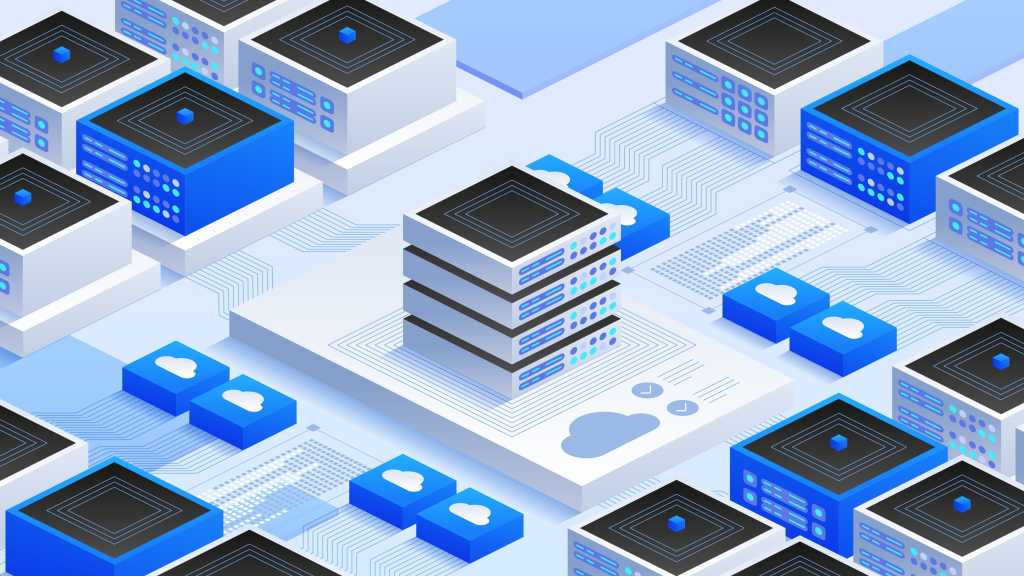
U.S. commercial crude oil inventories, excluding those in the Strategic Petroleum Reserve (SPR), decreased by 4.2 million barrels from the week ending December 13 to the week ending December 20, the U.S. Energy Information Administration (EIA) highlighted in its latest weekly petroleum status report.
Crude oil stocks, not including the SPR, stood at 416.8 million barrels on December 20, 421.0 million barrels on December 13, and 436.6 million barrels on December 22, 2023, the report showed. Crude oil in the SPR came in at 393.3 million barrels on December 20, 393.1 million barrels on December 13, and 353.3 million barrels on December 22, 2023, according to the report.
Total petroleum stocks – including crude oil, total motor gasoline, fuel ethanol, kerosene type jet fuel, distillate fuel oil, residual fuel oil, propane/propylene, and other oils – stood at 1.613 billion barrels on December 20, the report revealed. This figure was down 12.4 million barrels week on week and up 16.2 million barrels year on year, the report outlined.
“At 416.8 million barrels, U.S. crude oil inventories are about five percent below the five year average for this time of year,” the EIA noted in its report.
“Total motor gasoline inventories increased by 1.6 million barrels from last week and are about three percent below the five year average for this time of year. Both finished gasoline and blending components inventories increased last week,” it added.
“Distillate fuel inventories decreased by 1.7 million barrels last week and are about 10 percent below the five year average for this time of year. Propane/propylene inventories decreased by 4.5 million barrels from last week and are nine percent above the five year average for this time of year,” it continued.
U.S. crude oil refinery inputs averaged 16.8 million barrels per day during the week ending December 20, according to the report, which highlighted that this was 205,000 barrels per day more than the previous week’s average.
“Refineries operated at 92.5 percent of their operable capacity last week,” the report noted.
“Gasoline production increased last week, averaging 9.9 million barrels per day. Distillate fuel production increased last week, averaging 5.3 million barrels per day,” it added.
U.S. crude oil imports averaged 6.5 million barrels per day last week, the report revealed. This figure represented a decrease of 178,000 barrels per day from the previous week, the report outlined.
“Over the past four weeks, crude oil imports averaged about 6.6 million barrels per day, 2.2 percent less than the same four-week period last year,” the report said.
“Total motor gasoline imports (including both finished gasoline and gasoline blending components) last week averaged 657,000 barrels per day, and distillate fuel imports averaged 180,000 barrels per day,” the EIA report added.
Total products supplied over the last four-week period averaged 20.7 million barrels a day, down by 0.1 percent from the same period last year, the report stated.
“Over the past four weeks, motor gasoline product supplied averaged 8.9 million barrels a day, up by 0.7 percent from the same period last year,” it added.
“Distillate fuel product supplied averaged 3.9 million barrels a day over the past four weeks, up by 1.7 percent from the same period last year. Jet fuel product supplied was up 6.5 percent compared with the same four-week period last year,” it continued.
The EIA report also highlighted that the national average retail price for regular gasoline “increased to $3.024 per gallon on December 23, 2024, $0.008 above last week’s price, and $0.092 less than the year-ago price”.
The national average retail diesel fuel price decreased $0.018 to $3.476 per gallon, the report noted, pointing out that this was $0.438 lower than the price one year ago.
According to the AAA Fuel Prices website, the average U.S. regular gasoline price is $3.043 per gallon and the average U.S. diesel price is $3.506 per gallon, as of December 31. The week ago average for gasoline was $3.401 per gallon and the week ago average for diesel was $3.507 per gallon, the AAA site showed.
In an oil and gas report sent to Rigzone by the Macquarie team on December 23, Macquarie strategists revealed that they were forecasting that U.S. crude inventories would be down by 3.8 million barrels for the week ending December 20.
“This compares to our early look for the week which anticipated a 4.6 million barrel draw, and a 0.9 million barrel draw realized for the week ending December 13,” the strategists said in that report.
The EIA’s previous weekly petroleum status report, which was released on December 18 and included data for the week ending December 13, showed that crude oil stocks, not including the SPR, stood at 421.0 million barrels on December 13, 422.0 million barrels on December 6, and 443.7 million barrels on December 15, 2023. The EIA report highlighted that data may not add up to totals due to independent rounding.
The EIA’s next weekly petroleum status report is scheduled to be released on January 2. It will include data for the week ending December 27.
To contact the author, email [email protected]






















